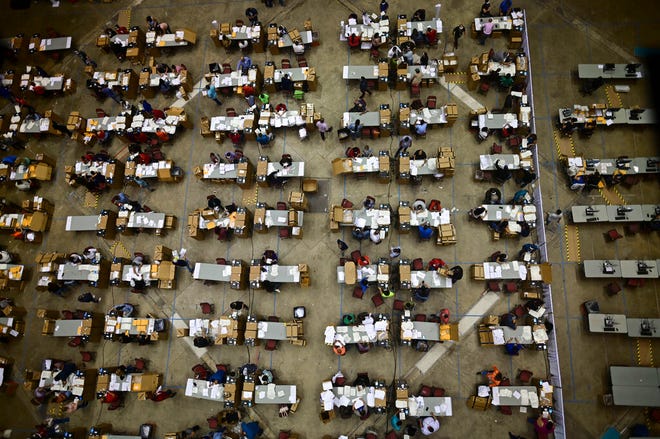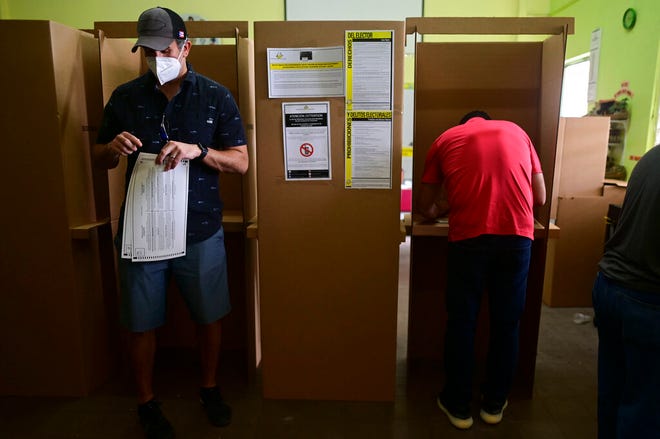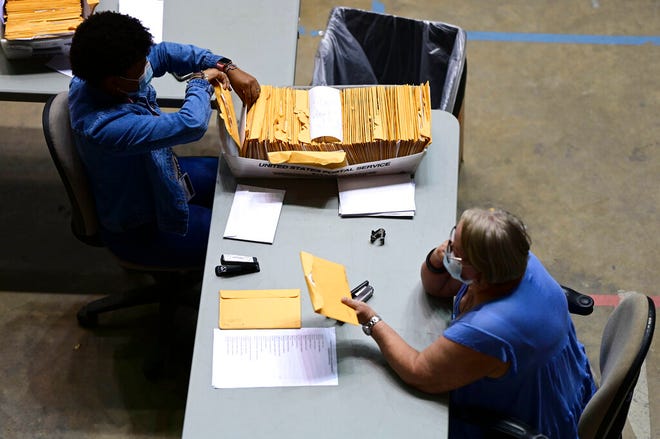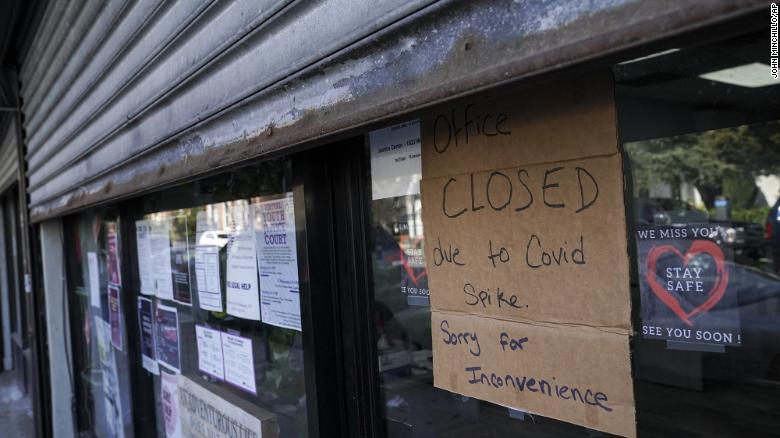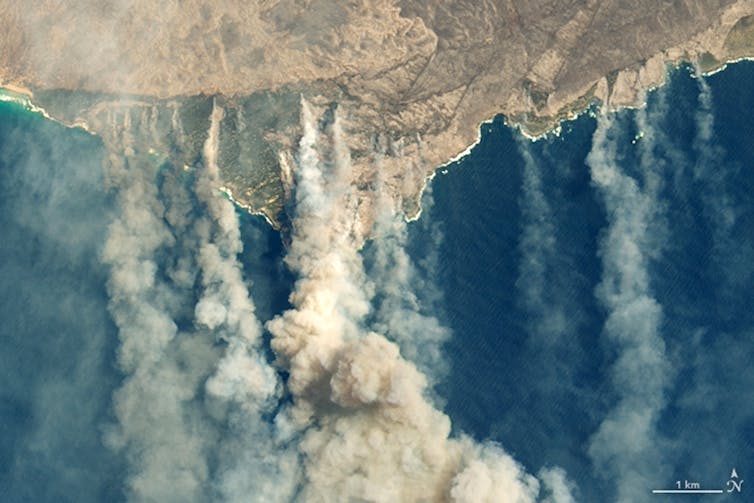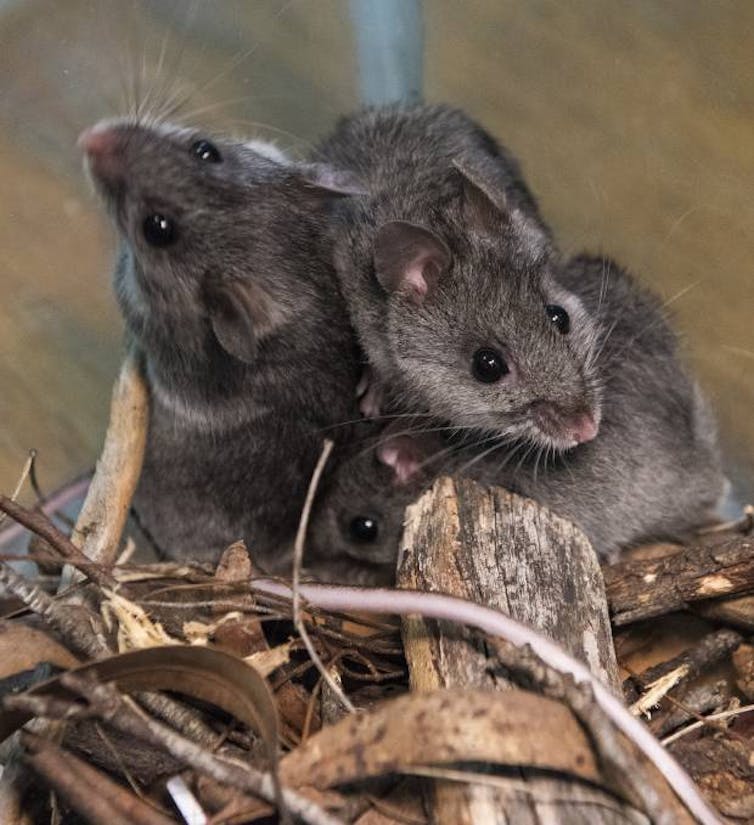Rebecca Rubin

© HBO Max
Warner Bros. has apologized after being criticized by people with disabilities over the depiction of Anne Hathaway’s character in “The Witches.” In a statement, the studio said it “regretted any offense caused.”
In the recent Robert Zemeckis-directed adaptation, Hathaway’s villainous character, known as the Grand Witch, has missing fingers. Many people with disabilities pointed out that she appears to have Ectrodactyly, a limb abnormality that’s commonly referred to as “split hand.” Advocates fear that portraying villains with physical defects can perpetuate stereotypes that disabilities are abnormal or scary.
Warner Bros. has apologized after being criticized by people with disabilities over the depiction of Anne Hathaway’s character in “The Witches.” In a statement, the studio said it “regretted any offense caused.”
In the recent Robert Zemeckis-directed adaptation, Hathaway’s villainous character, known as the Grand Witch, has missing fingers. Many people with disabilities pointed out that she appears to have Ectrodactyly, a limb abnormality that’s commonly referred to as “split hand.” Advocates fear that portraying villains with physical defects can perpetuate stereotypes that disabilities are abnormal or scary.
THE GROTESQUE IN HORROR FILM
The Penalty (1920 film) - Wikipediaen.wikipedia.org › wiki › The_Penalty_(1920_film)The Penalty is an American crime film starring Lon Chaney and originally released in 1920 by Goldwyn Pictures. The movie was directed by Wallace Worsley, and written by Philip Lonergan and Charles Kenyon, based upon the pulp novel by Gouverneur Morris.The Penalty (1920) A Silent Film Review – Movies Silently
Apr 20, 2014 — Twenty-seven years pass and the boy has grown up to be Blizzard (Lon Chaney), lord and master of the criminal underworld. How bad is he?The Penalty" (1920) starring Lon Chaney | Public Domain ...An inexperienced doctor needlessly amputates a boy's legs after a traffic accident. The boy grows up to be a criminal mastermind, determined to revenge
Paralympic athlete Amy Marren said she was “disappointed” in Warner Bros. and questioned if there “was there much thought given as to how this representation of limb differences would effect the limb difference community.” The official Twitter account for the Paralympic Games echoed Marren’s senti himself ...ments, writing “Limb difference is not scary. Differences should be celebrated and disability has to be normalised.”
Marren explained that surgeons often try to build hands for children and adults with limb differences. “It’s upsetting to something that makes a person different being represented as something scary,” she said.
“Yes, I am fully aware that this is a film, and these are Witches. But Witches are essentially monsters,” she continued. “My fear is that children will watch this film, unaware that it massively exaggerates the Roald Dahl original and that limbs differences begin to be feared.”
RespectAbility, an organization that advocates for individuals with disabilities, said Hollywood’s tendency to disfigure evil characters, even unintentionally, can cause people to be afraid of those who don’t look like them.
“The decision to make this witch look scarier by having a limb difference — which was not an original part of the plot — has real life consequences,” said RespectAbility’s vice president of communications Lauren Appelbaum, an advocate for more authentic portrayals of disability on screen. “Unfortunately, this representation in ‘The Witches’ teaches kids that limb differences are hideous or something to be afraid of. What type of message does this send to children with limb differences?”
A spokesperson for Warner Bros. said the studio was “deeply saddened to learn that our depiction of the fictional characters in ‘The Witches’ could upset people with disabilities.'”
“In adapting the original story, we worked with designers and artists to come up with a new interpretation of the cat-like claws that are described in the book,” the statement reads. “It was never the intention for viewers to feel that the fantastical, non-human creatures were meant to represent them. This film is about the power of kindness and friendship. It is our hope that families and children can enjoy the film and embrace this empowering, love-filled theme.”
“The Witches,” which debuted on HBO Max in October, is the second film adaptation of Dahl’s popular children’s book. The story centers on young boy who stumbles upon a gathering of witches while staying with his grandmother at a hotel. After finding out their evil plan to turn the world’s children into mice, he works with his grandmother to thwart their wicked plot. Along with Hathaway, the cast includes newcomer Jahzir Kadeem Bruno, Octavia Spencer, Stanley Tucci, Chris Rock and Kristin Chenoweth.
“Yes, I am fully aware that this is a film, and these are Witches. But Witches are essentially monsters,” she continued. “My fear is that children will watch this film, unaware that it massively exaggerates the Roald Dahl original and that limbs differences begin to be feared.”
RespectAbility, an organization that advocates for individuals with disabilities, said Hollywood’s tendency to disfigure evil characters, even unintentionally, can cause people to be afraid of those who don’t look like them.
“The decision to make this witch look scarier by having a limb difference — which was not an original part of the plot — has real life consequences,” said RespectAbility’s vice president of communications Lauren Appelbaum, an advocate for more authentic portrayals of disability on screen. “Unfortunately, this representation in ‘The Witches’ teaches kids that limb differences are hideous or something to be afraid of. What type of message does this send to children with limb differences?”
A spokesperson for Warner Bros. said the studio was “deeply saddened to learn that our depiction of the fictional characters in ‘The Witches’ could upset people with disabilities.'”
“In adapting the original story, we worked with designers and artists to come up with a new interpretation of the cat-like claws that are described in the book,” the statement reads. “It was never the intention for viewers to feel that the fantastical, non-human creatures were meant to represent them. This film is about the power of kindness and friendship. It is our hope that families and children can enjoy the film and embrace this empowering, love-filled theme.”
“The Witches,” which debuted on HBO Max in October, is the second film adaptation of Dahl’s popular children’s book. The story centers on young boy who stumbles upon a gathering of witches while staying with his grandmother at a hotel. After finding out their evil plan to turn the world’s children into mice, he works with his grandmother to thwart their wicked plot. Along with Hathaway, the cast includes newcomer Jahzir Kadeem Bruno, Octavia Spencer, Stanley Tucci, Chris Rock and Kristin Chenoweth.


